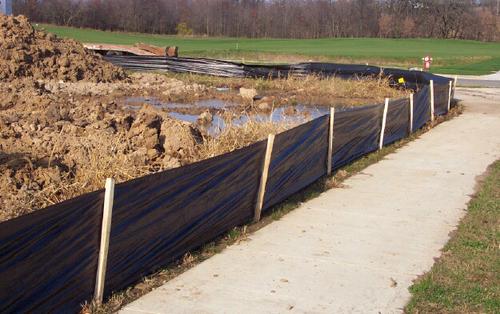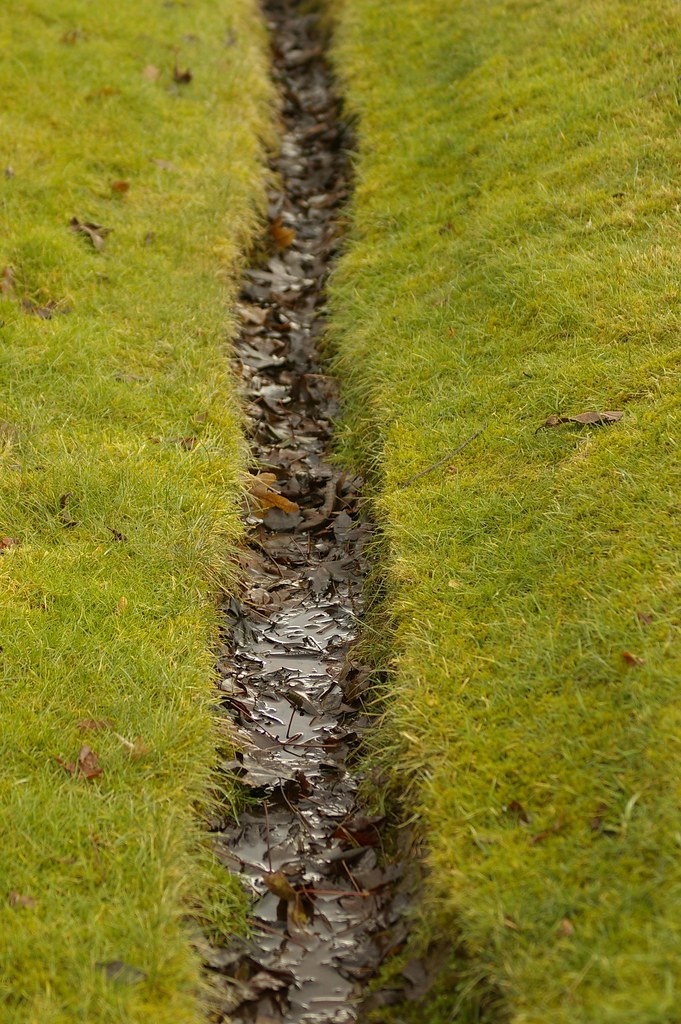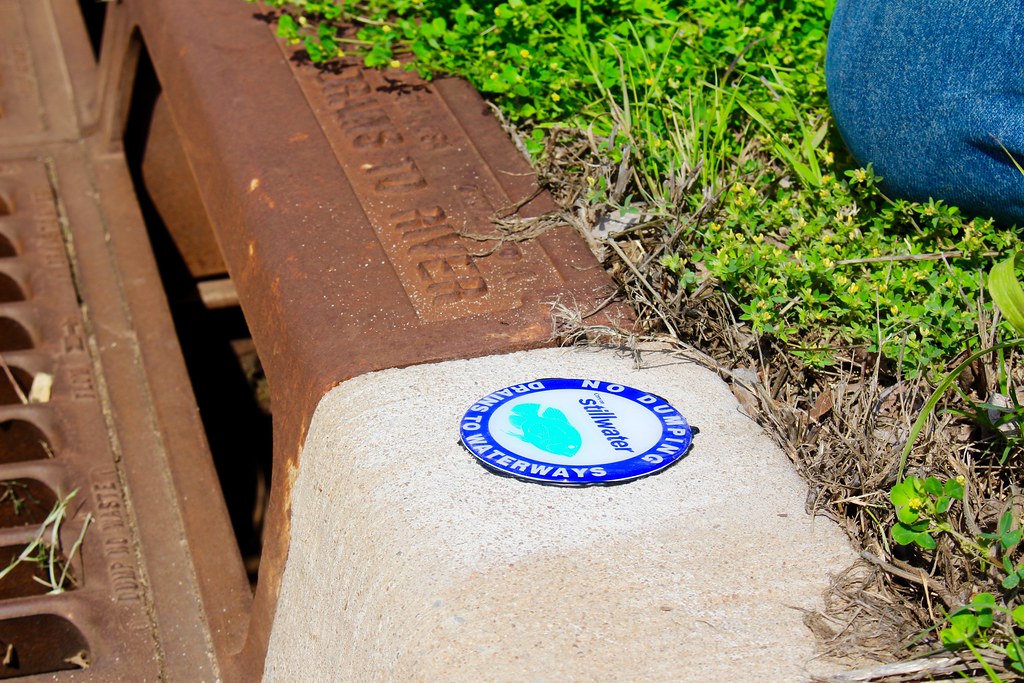What are some things that we know cause pollution? Pollution can come from anywhere and anyone. Putting salt on the roads, not picking up your dog’s waste, and running your car unnecessarily all creates pollution. When it rains or when snow melts, that pollution ends up in our waterways.
In the video above, how did the pollution get from land to the lake?
Why is pollution harmful? Pollution tips the delicate balance of chemicals in water, so fish and bugs can’t live in it. It can also make the water not safe for us to drink!
Different kinds of pollution do different things to life in the water.
For example, soil can be a pollutant. But that doesn’t make sense–dirt is natural, right? Well, it’s about how much soil. Some soil in the water is normal and important. But too much can block the fish from getting the oxygen they need from the water. It’s like you trying to breathe in a cloud of smoke!
One way this kind of pollution can happen is when farmers let cows go freely into streams. Cows can bring in a lot of dirt from their hooves, and cause the stream banks to collapse.
Construction companies can also create a lot of sediment (dirt) pollution when they dig. They can prevent this by using silt fences around their construction site. Silt fences are the long strip of black fabric you see surrounding construction sites. These fences trap dirt in place, so it doesn’t wash into streams.

We saw in Wednesday’s activity lots of animals that live in our local streams. A lot of these animals are sensitive to pollution. Pollution in their homes is like living where the air is poison. It makes it hard for them to live and have babies.
Have you seen any of these examples of pollution in your community or neighborhood?
Our community is rural. We face challenges with farming-related pollution and leaking septic tanks (which lets poop get in the water). We also used to have a lot of coal mines here. In places with old, abandoned coal mines, we have a form of pollution called acid mine drainage. Acid mine drainage makes the water turn orange. We will learn more about it next week.
Your challenge: What is making or fixing pollution near me?
Step 1.
Find (or think of) the nearest place that water gathers near you. This might be a stream, but it might also be a gutter or ditch on the side of the road. Choose a safe place to walk around.
Step 2.
Look around the land near your stream
, gutter or ditch! You might need to walk around, and pay close attention for clues.Think about: How are people using the land? How are plants and animals using the land? Write a list or draw a picture of all you see.
For example, in my video above, humans were using the land for houses, driving, farming, and building. There was also a forest that plants and animals used for a home.
Step 3.
Think about all the different land uses you saw. What might make pollution? What might help stop pollution?
For example, maybe you found litter on the side of the road. People throwing trash out of their cars caused that pollution.
But maybe someone planted trees or plants near your waterway. Plants can block pollution and dirt, so that they can’t reach the water! Thanks, plants!
Or maybe there are cows near a stream, but the farmer put up a fence or bushes so the cows can’t reach it. Thanks, farmer!
What can you guess about how healthy your waterway is, based on the land around it?
Step 4.
Now you have some evidence of what might be helping or hurting water near you. What is one thing people could do that would help make your water better? Is there anything you could do?
Something almost all of us can do is pick up trash. It really helps animals who downstream of us, in the bigger rivers and oceans.
Sometimes it can be frustrating to notice pollution around us. All of us, even adults, are always learning how we can do better. Doing something to help, like planting something or picking up trash, always helps me feel better. So does going outside and remembering why I love streams.

